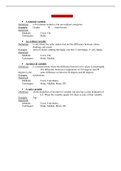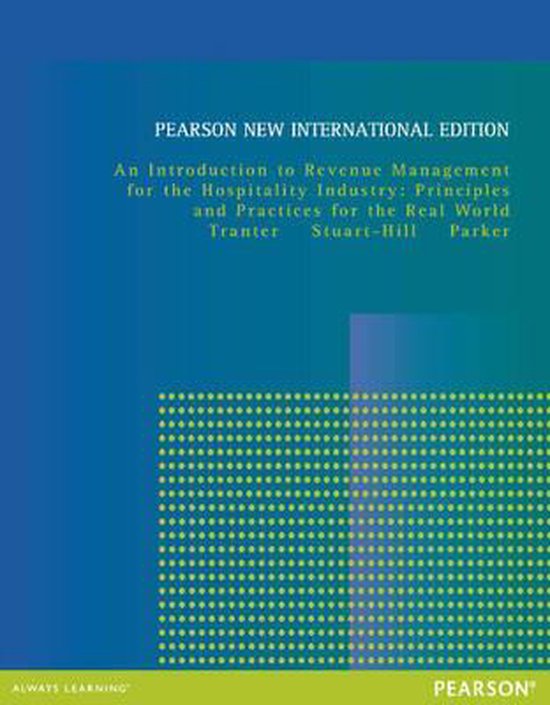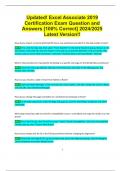Measurement Levels
A nominal variable
Definition: is for mutual exclusive, but not ordered, categories.
Example: Gender male/female
Statistical-
Methods: T-test, Chi
Techniques: Mode
An ordinal variable
Definition: is one where the order matters but not the difference between values.
Ranking, tall-small
Example: start of a hotel, ranking the happy you feel, 1=not happy, 5=very happy
Statistical-
Methods: T-test, Chi
Techniques: Mode, Median
An interval variable
Definition: is a measurement where the difference between two values is meaningful.
The difference between a temperature of 100 degrees and 90
degrees is the same difference as between 90 degrees and 80 degrees.
Example: temperature
Statistical-
Methods: T-test, Correlation
Techniques: Mode, Median, Mean, SD
A ratio variable
Definition: all the properties of an interval variable, but also has a clear definition of
0.0. When the variable equals 0.0, there is none of that variable.
Example: Age
Statistical-
Methods: T-test, Correlation
Techniques: Mode, Median, Mean, SD
, Statistical Techniques
Mode
Definition: The "mode" is the value that occurs most often. If no number is repeated,
then there is no mode for the list.
Median
Definition: The "median" is the "middle" value in the list of numbers. To find the
median, your numbers have to be listed in numerical order, so you
may have to rewrite your list first.
Mean μ
Definition: The "mean" is the "average" you're used to, where you add up all the
numbers and then divide by the number of numbers.
In other words: central point of a distribution (average)
Probably the most often used descriptive statistic is the mean. The mean is a informative
measure of the "central tendency" of the variable.
mean: regular meaning of "average"
median: middle value
mode: most often
Standard Deviation σ
Definition: The most common way to describe the range of variation
In other words: Variation of a distribution
Keep in mind that variance is the average of the squared differences between data points
and the mean.
T-test
Definition: The t-test is the most commonly used method to evaluate the differences
in means between two groups.
Example, the t-test can be used to test for a difference in test scores between a group
of patients who were given a drug and a control group who
received a placebo.
The normality assumption can be evaluated by looking at the distribution of the data (via
histograms) or by performing a normality test.







